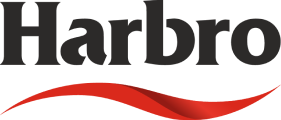Sheep Feed
One of the most comprehensive and technically advanced sheep feed ranges, our commercial and pedigree sheep feeds have been developed combining years of experience with the latest technology and innovation. Available across the UK, our products include sheep compounds, blends and coarse mixes, along with feed and mineral buckets for sheep from weaning to finishing.
